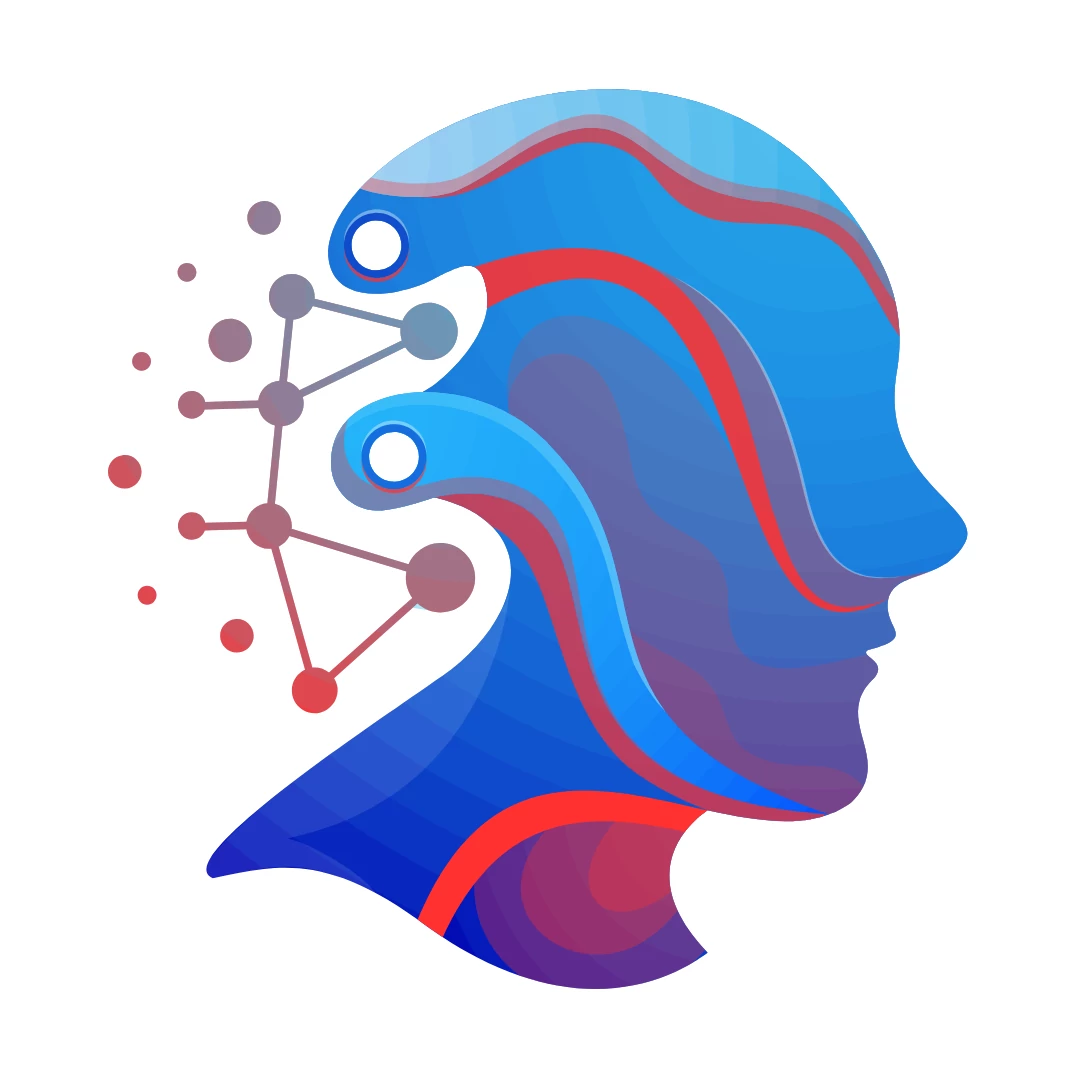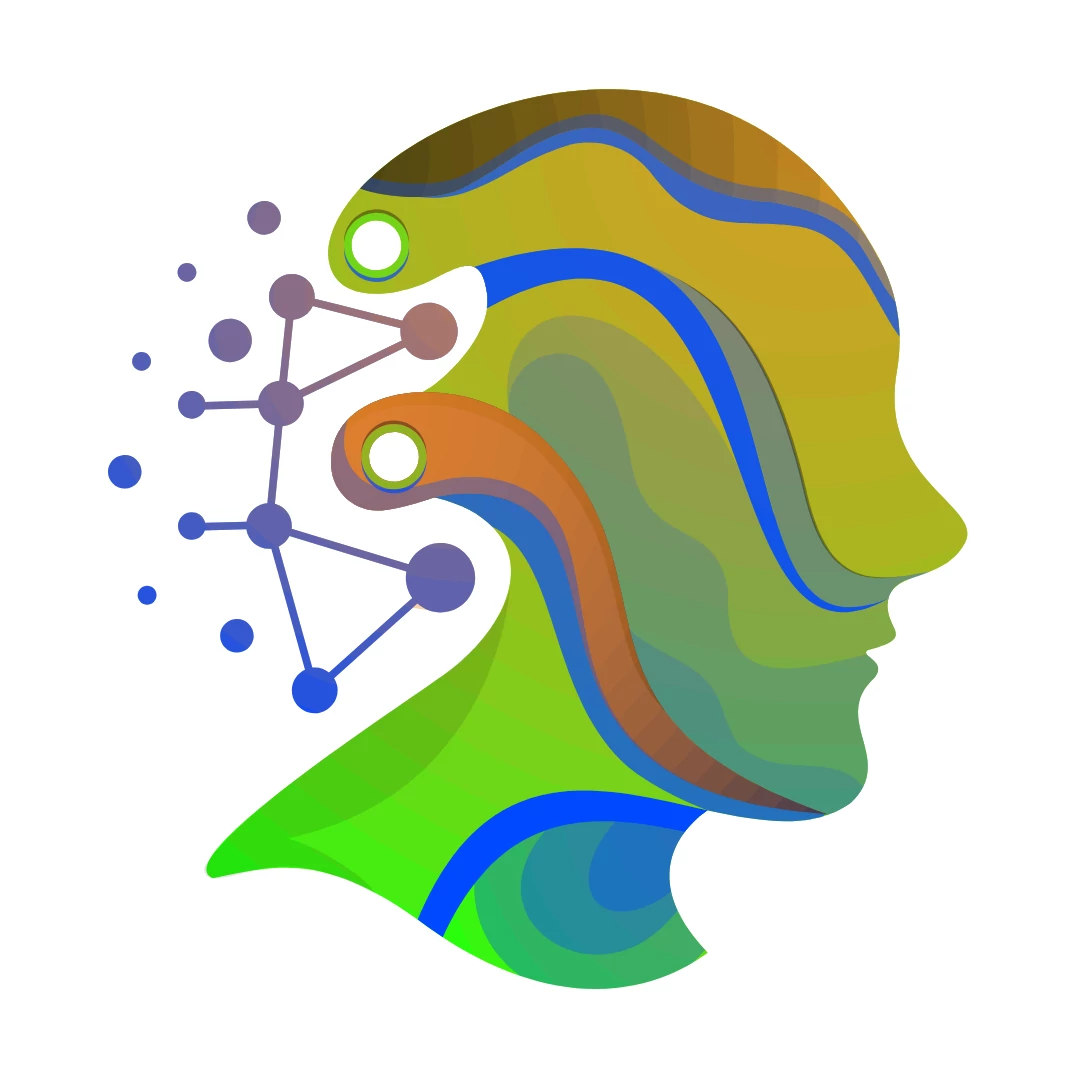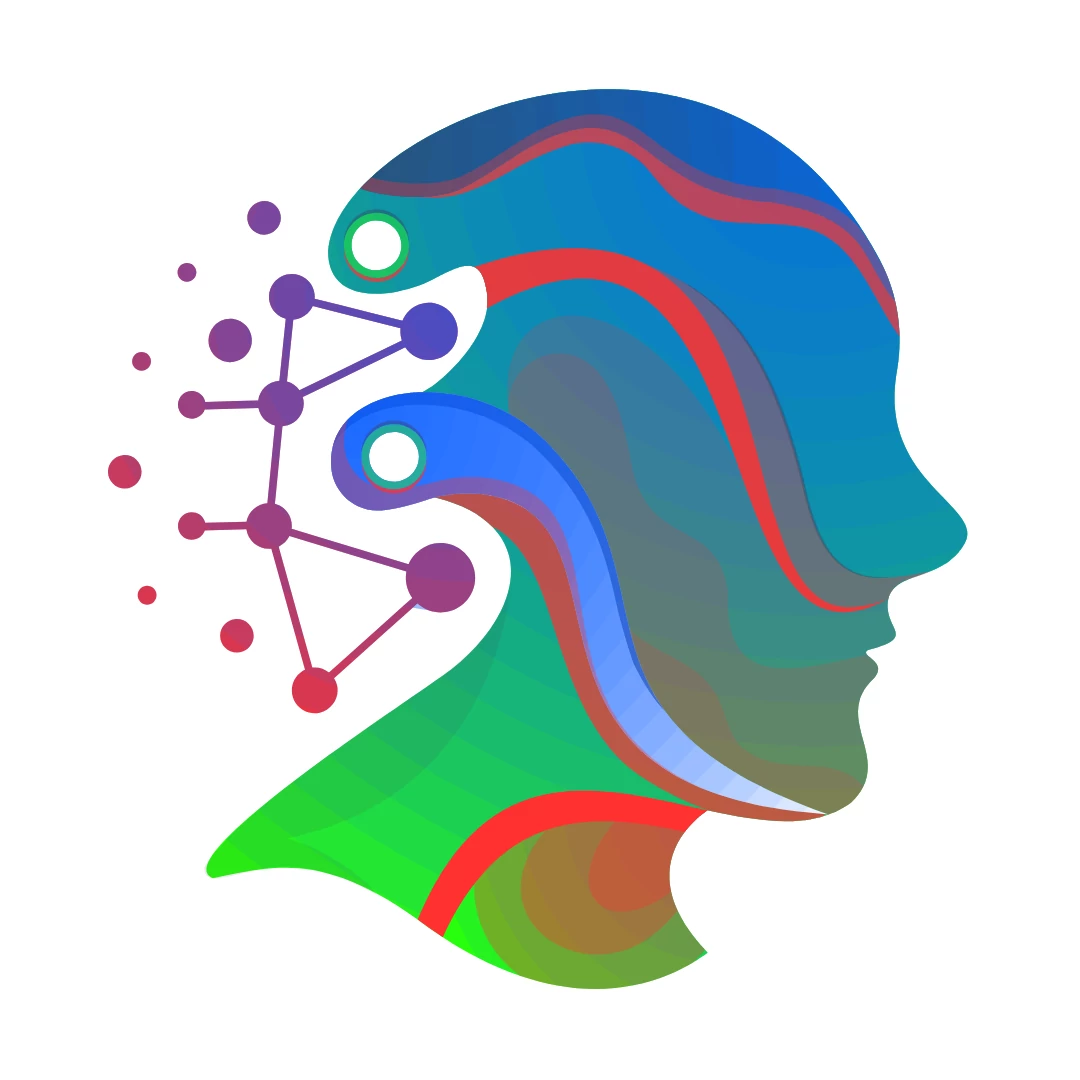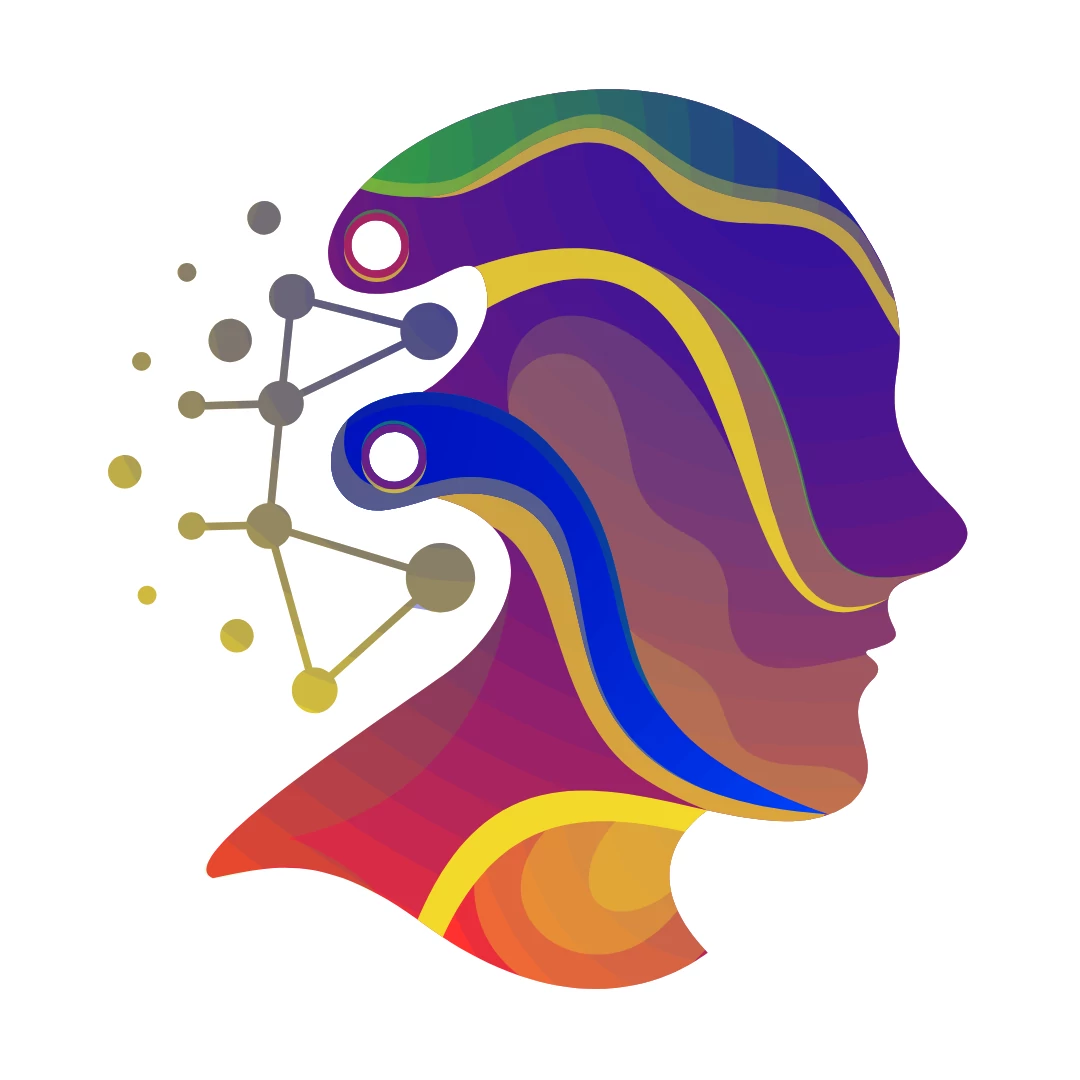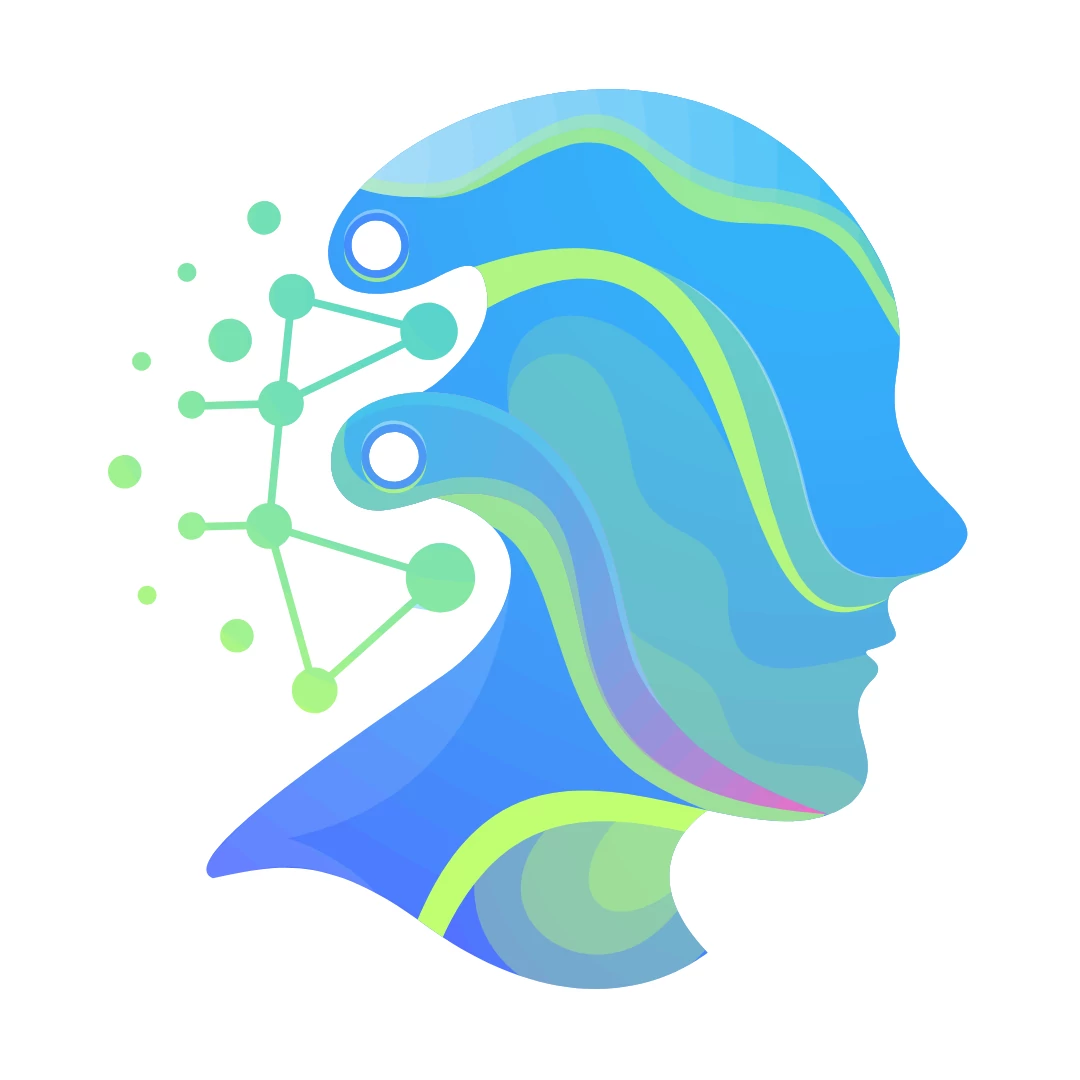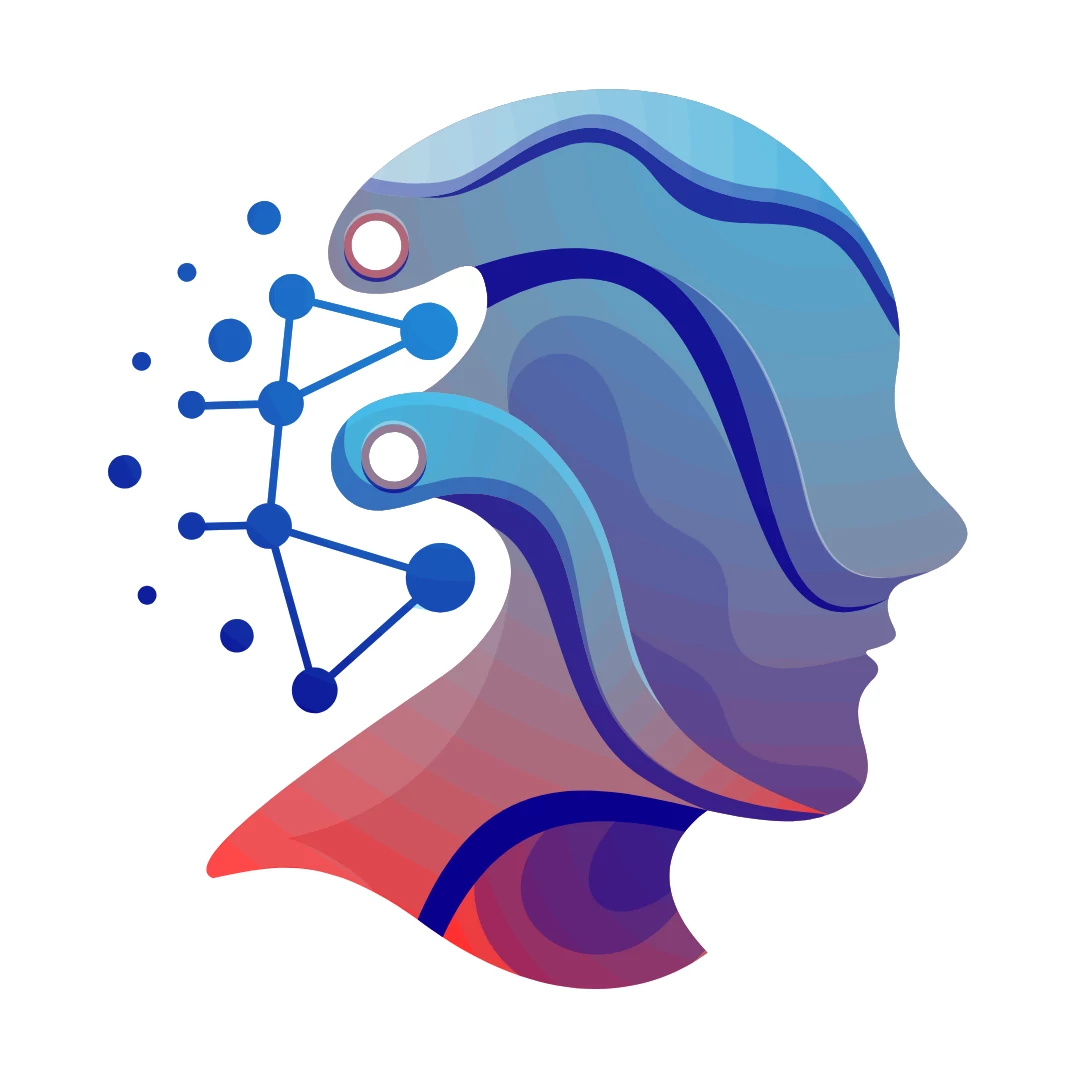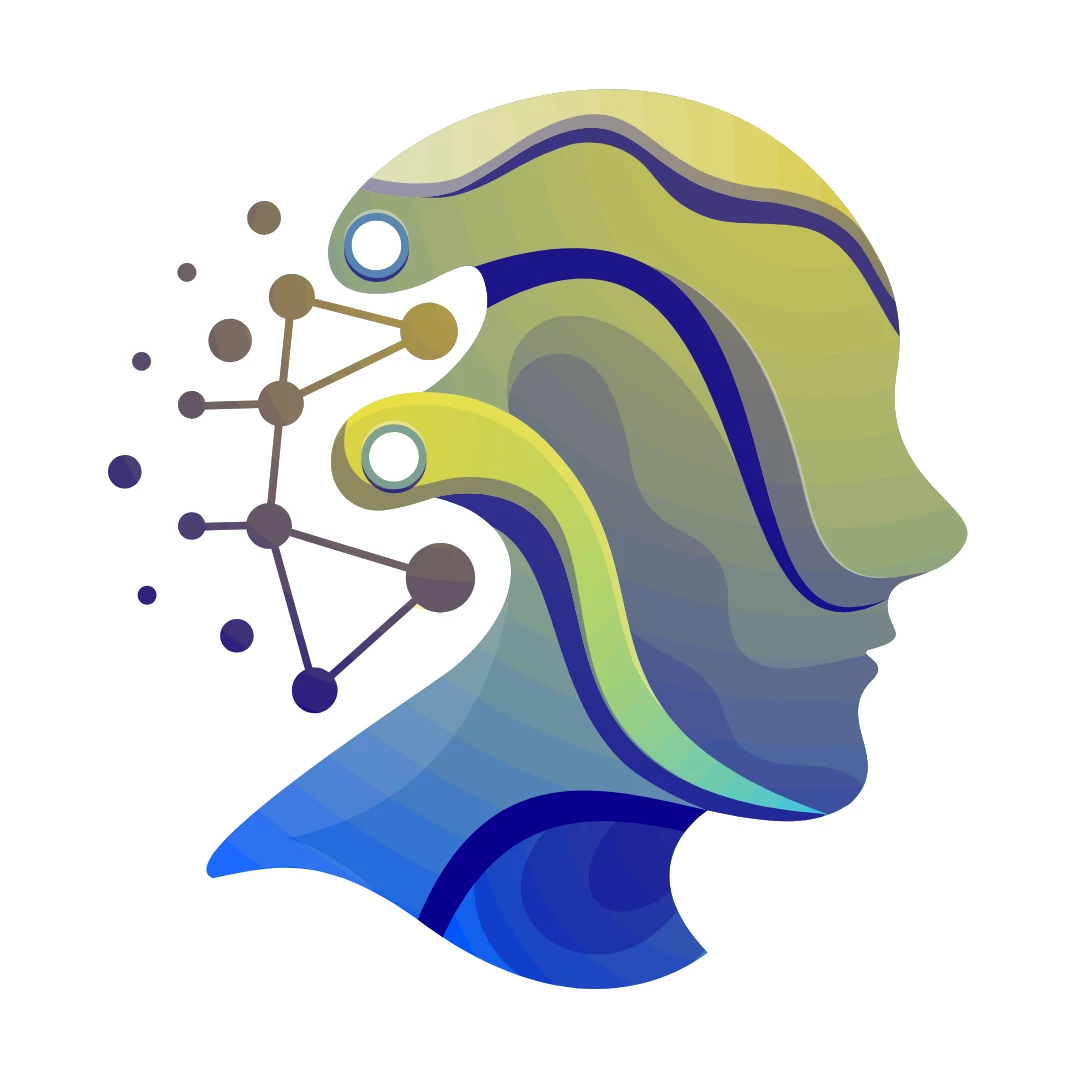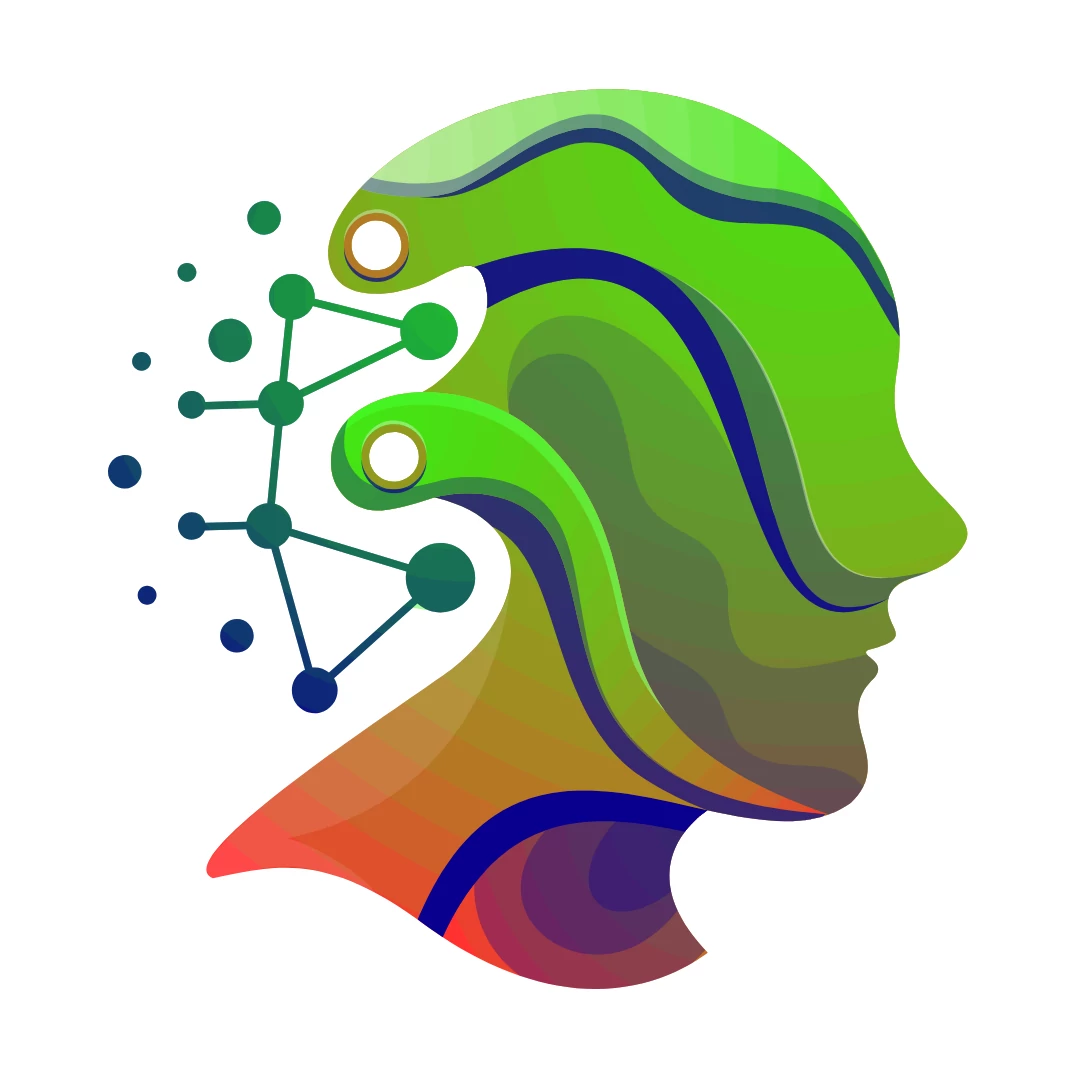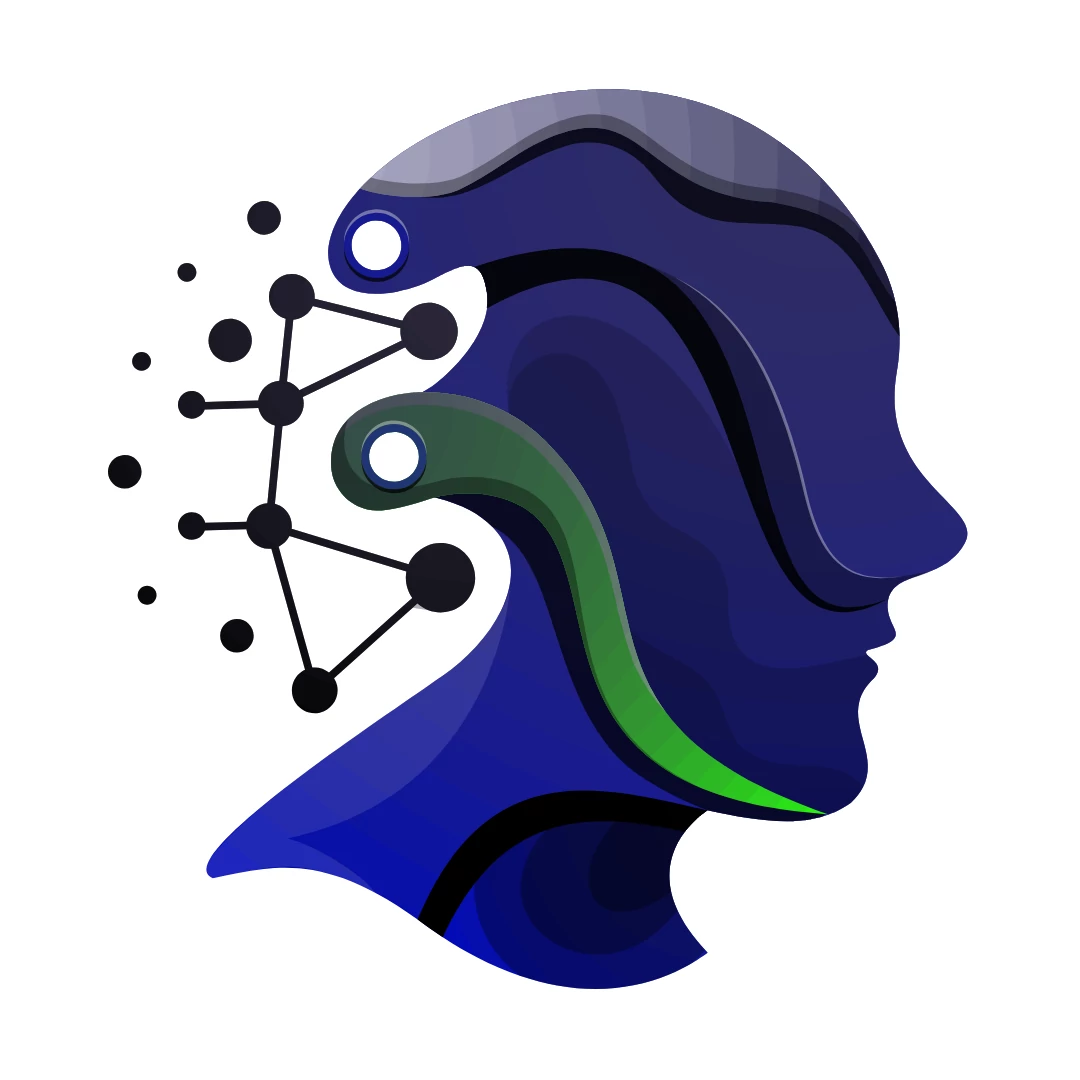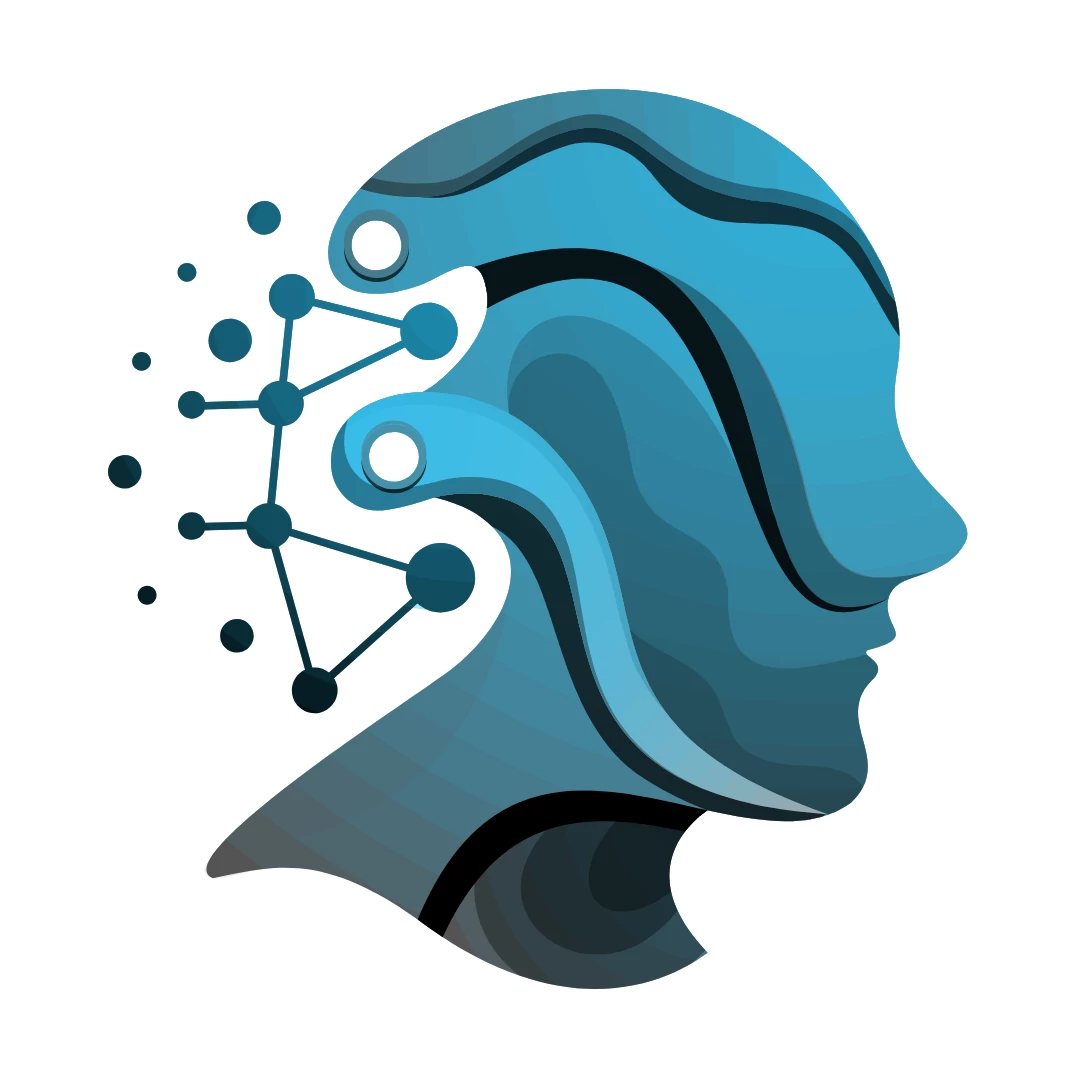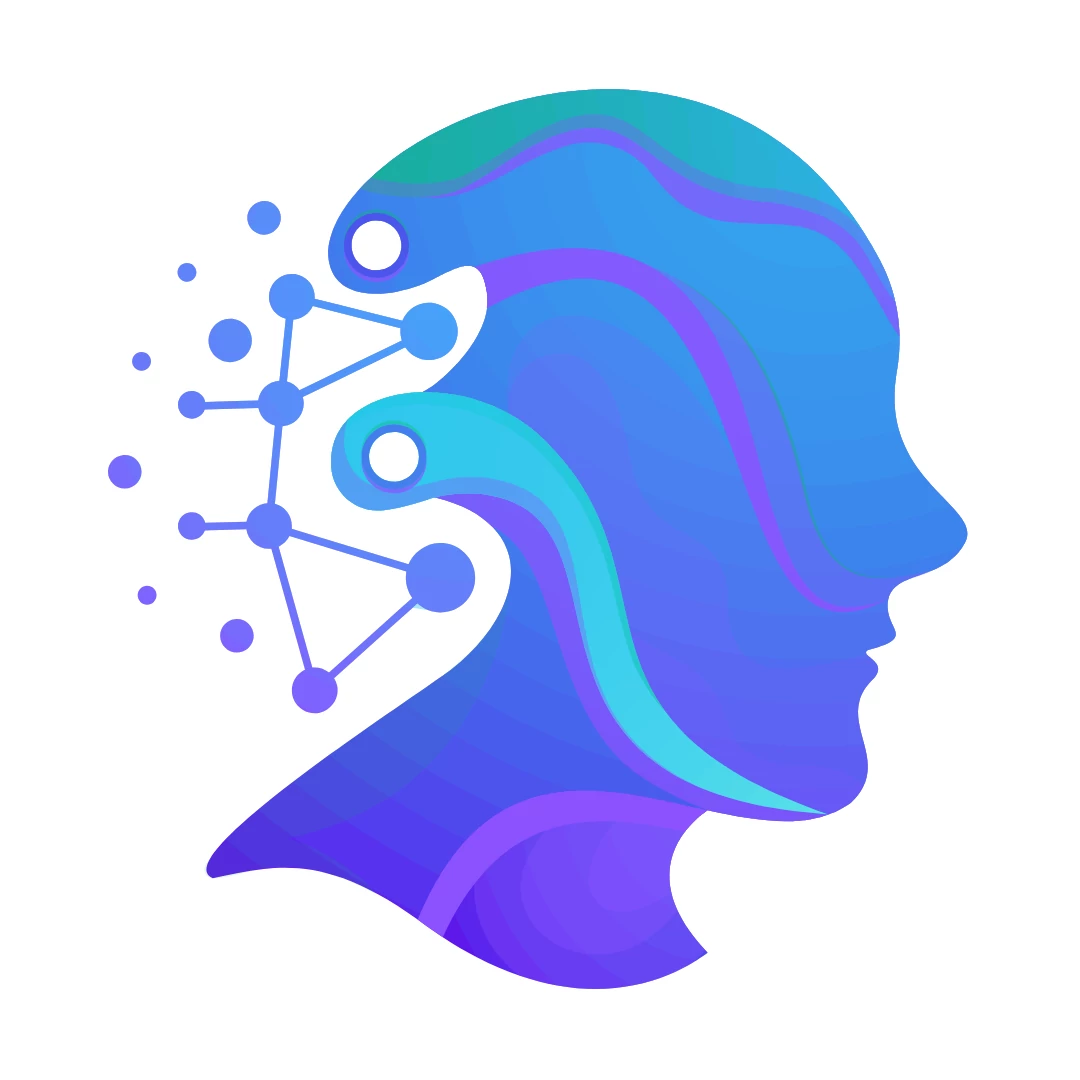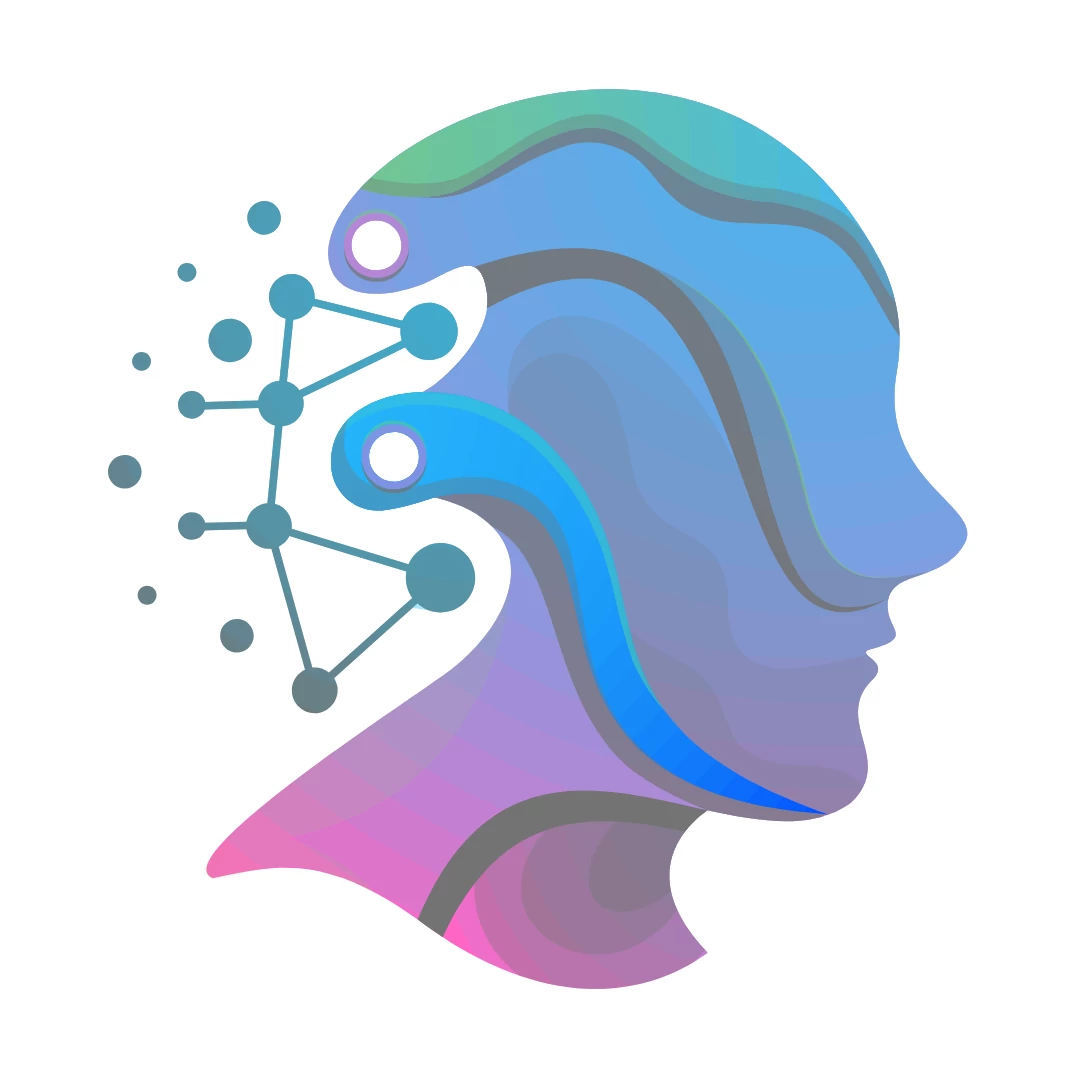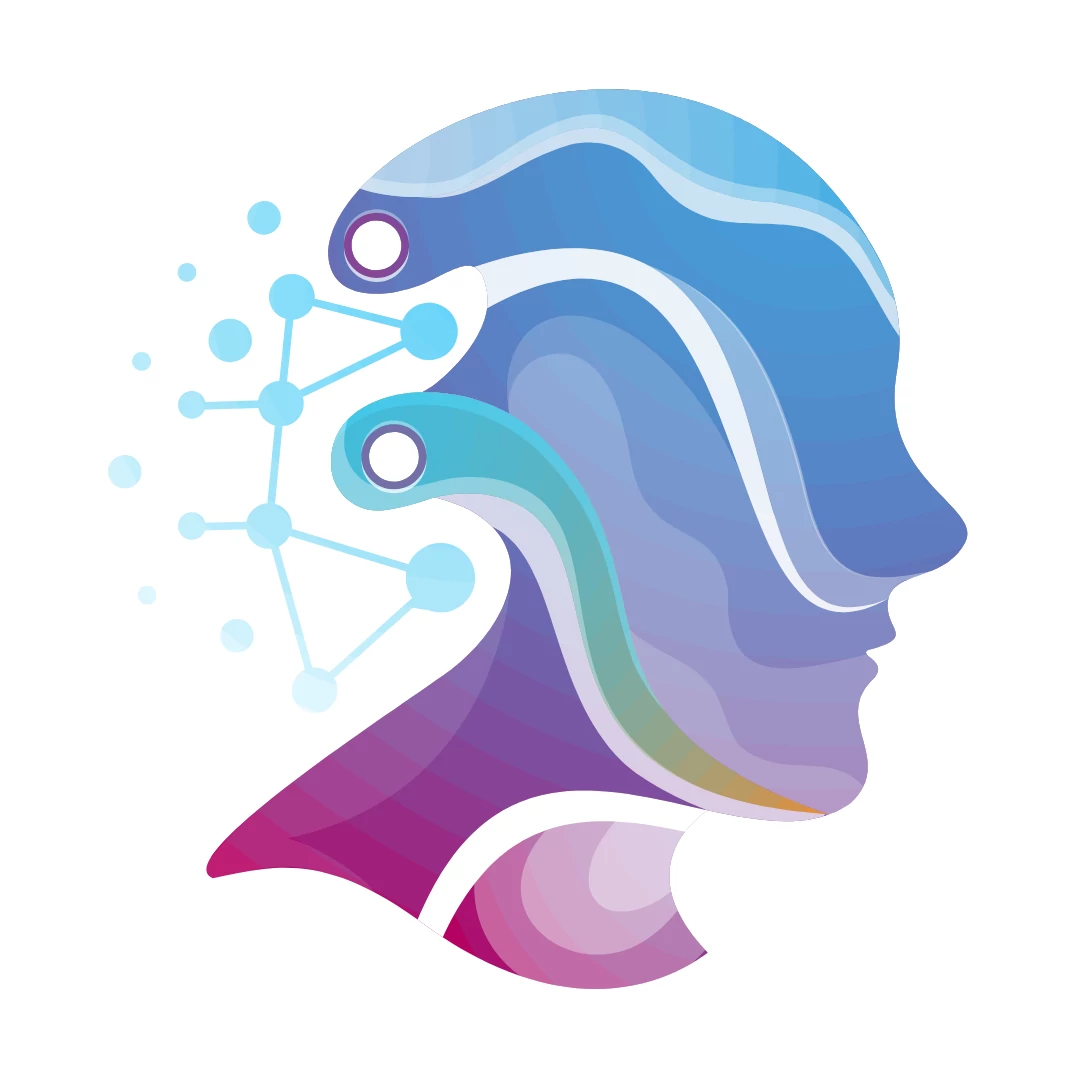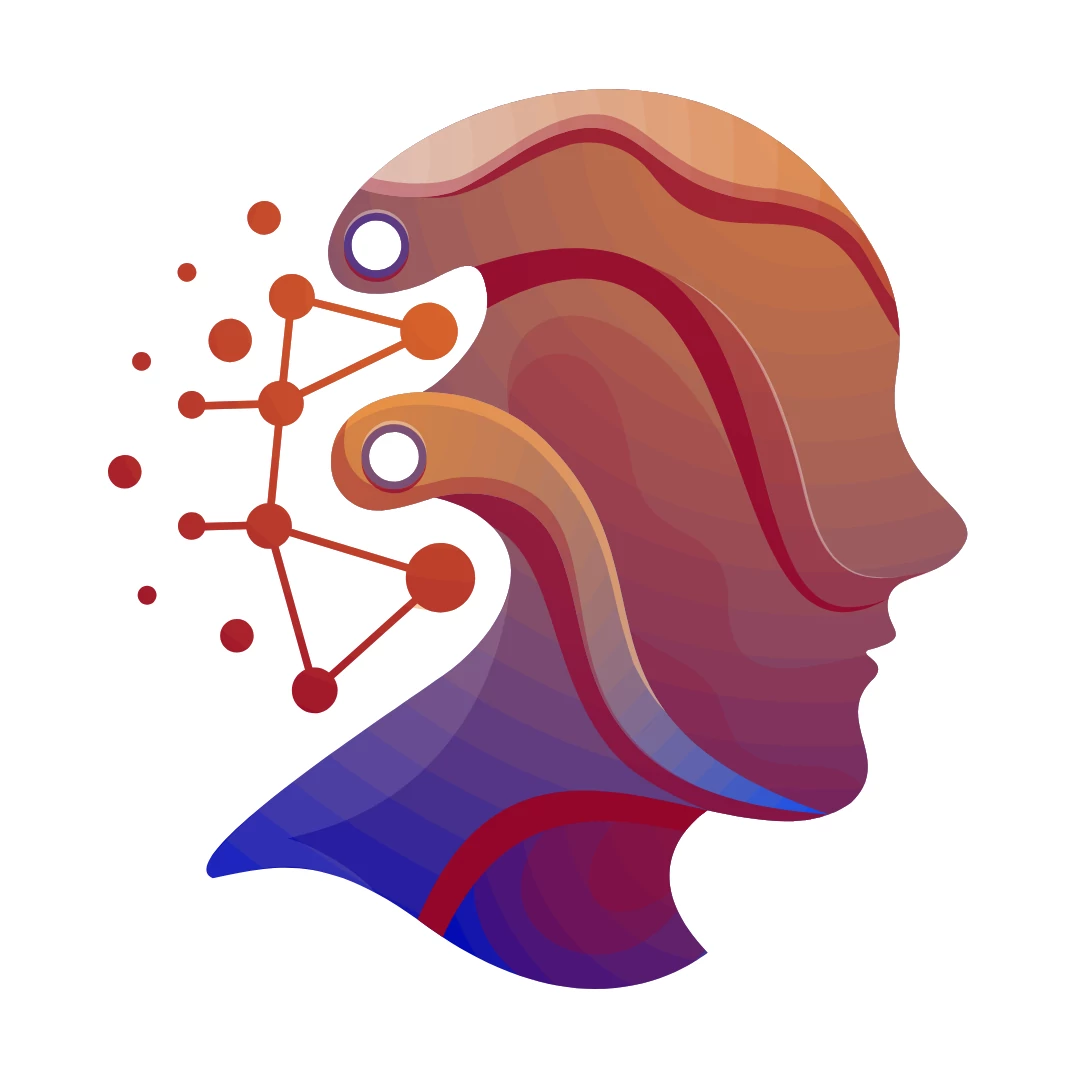Best AI tools for AI Image Segmentation
In the AI Image Segmentation category, you'll find the best and most up-to-date AI tools that will help you optimize and develop your ideas. Easily search and use the tool that fits your needs.
Erase Unwanted Words from Your …
Erase Unwanted Words from Your …
Vision AI, Simplified and Amplified
What is AI Image Segmentation?
AI Image Segmentation is a computer vision technique that involves dividing an image into meaningful segments or regions. Using deep learning, these tools assign labels to every pixel to identify and isolate specific objects, boundaries, or features within an image.
AI Image Segmentation Core Features
- Pixel-level object detection
- Semantic and instance segmentation
- Support for medical, satellite, and industrial imaging
- Integration with annotation tools and datasets
- Real-time segmentation using pre-trained models
Who is suitable to use AI Image Segmentation?
This technology is widely used by data scientists, researchers, medical professionals, autonomous vehicle developers, and anyone needing precise object boundary detection in images or videos.
How does AI Image Segmentation work?
AI segmentation models such as U-Net, Mask R-CNN, and DeepLab use convolutional neural networks to classify and segment image regions at the pixel level. These models are trained on labeled datasets to recognize patterns and apply them to new images.
Advantages of AI Image Segmentation
- High-precision object localization
- Improves analysis in medical imaging and diagnostics
- Enhances automation in manufacturing and quality control
- Enables detailed scene understanding in autonomous systems
- Accelerates dataset labeling for machine learning
FAQ about AI Image Segmentation
Q: What is the difference between semantic and instance segmentation?
A: Semantic segmentation labels all pixels of the same object type with one label, while instance segmentation differentiates between individual objects of the same type.
Q: Can AI segmentation be used in real-time applications?
A: Yes, many AI models support real-time segmentation, especially for use in robotics, surveillance, and self-driving cars.
Q: Do I need a labeled dataset to train a segmentation model?
A: Yes, training an effective segmentation model requires a large, accurately labeled dataset, although some tools offer pre-trained models to reduce effort.
